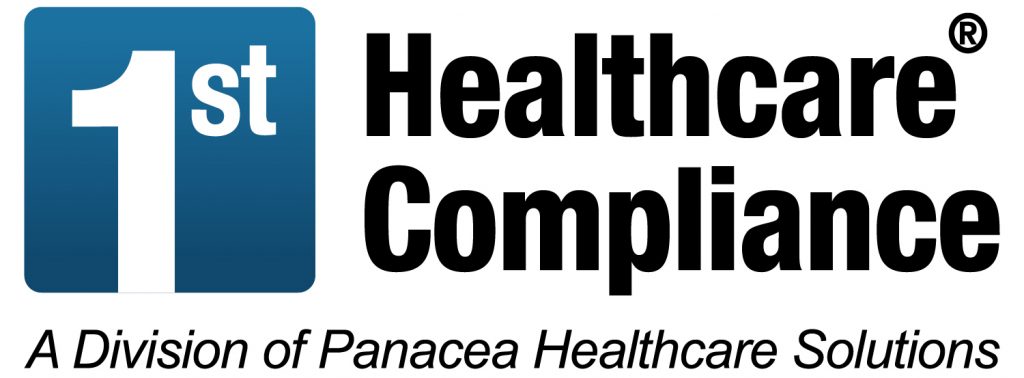Workplace Violence Prevention in Healthcare: Ensuring Safety for Patients and Staff

Workplace violence is a serious concern in the healthcare industry, posing significant risks to both patients and healthcare professionals. As frontline workers, healthcare providers face unique challenges related to the potential for verbal and physical aggression. It’s important for compliance officers and administrators to understand the importance of workplace violence prevention in healthcare settings and implement valuable strategies and best practices to create a safe and secure environment for all.
- Understanding Workplace Violence in Healthcare:
Workplace violence encompasses a range of behaviors, including physical assaults, verbal threats, harassment, and bullying. In healthcare settings, factors such as emotional distress, long working hours, and high-stress situations can contribute to the occurrence of violent incidents. Recognizing the types and causes of workplace violence is crucial to addressing and preventing such incidents.
- Developing a Comprehensive Prevention Program:
Implementing a workplace violence prevention program is essential to protect employees and patients. The program should include policies, procedures, and training that address prevention, reporting, and response to violent incidents. It should be tailored to the specific risks and needs of the healthcare organization.
- Creating a Culture of Respect and Communication:
Promote a culture of respect, collaboration, and open communication within the healthcare organization. Encourage employees to report any incidents or concerns related to workplace violence without fear of retaliation. Establish channels for anonymous reporting and provide clear guidance on the steps taken to address reported incidents.
- Conducting Risk Assessments:
Conduct regular risk assessments to identify potential areas or situations where workplace violence is more likely to occur. Evaluate the layout of the facility, staffing levels, patient demographics, and previous incidents to determine risk factors. Use the findings to implement targeted interventions and mitigation strategies.
- Implementing Security Measures:
Enhance physical security measures to deter and respond to workplace violence incidents. This may include implementing access controls, surveillance systems, panic buttons, and security personnel. Ensure that staff members are trained in the proper use of security measures and emergency response protocols.
- Providing Training and Education:
Train employees on recognizing, preventing, and responding to workplace violence incidents. This includes techniques for de-escalation, effective communication, and personal safety measures. Educate staff on the organization’s policies and procedures related to workplace violence prevention and reporting.
- Engaging with Community Resources:
Collaborate with local law enforcement agencies, community organizations, and other healthcare facilities to share information, best practices, and resources for workplace violence prevention. Participate in training sessions and workshops focused on healthcare violence prevention to stay updated on the latest strategies and insights.
- Offering Support and Counseling:
Recognize the emotional impact of workplace violence incidents on employees and provide access to counseling and support services. Encourage staff members to seek assistance and promote a culture that prioritizes employee well-being and mental health.
- Evaluating and Continuous Improvement:
Regularly evaluate the effectiveness of workplace violence prevention measures and seek feedback from employees. Analyze incident reports, response times, and outcomes to identify areas for improvement. Use the insights gained to refine policies, procedures, and training programs.
- Advocating for Legislative Changes:
Support and advocate for legislation and policies that address workplace violence in healthcare. Engage with professional organizations, unions, and policymakers to raise awareness of the issue and advocate for stricter measures to prevent and address workplace violence incidents.
Preventing workplace violence in healthcare requires a proactive and comprehensive approach that prioritizes employee safety, patient well-being, and a culture of respect. By implementing prevention programs, providing training and support, engaging with community resources, and continually evaluating and improving measures, healthcare organizations can create a safer work environment for everyone involved.
If you need guidance or assistance in developing a workplace violence prevention program tailored to your healthcare organization, our experts are here to support you. Together, we can foster a culture of safety and respect in healthcare settings.
